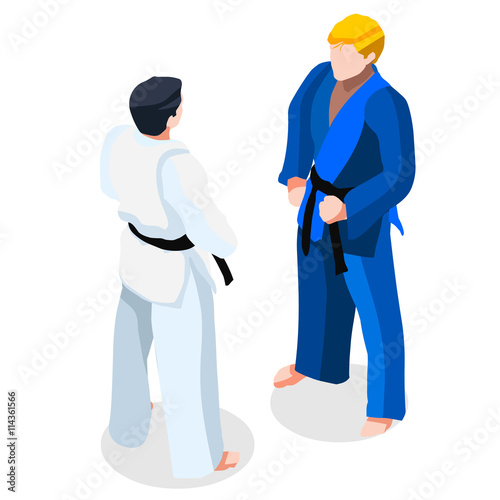Understanding The Fundamental Differences In Between Traditional Martial Arts And Modern Fight Sports
Understanding The Fundamental Differences In Between Traditional Martial Arts And Modern Fight Sports
Blog Article
Writer-Skovbjerg Haagensen
When you think of martial arts, do you lean more towards the standard methods or the contemporary fight sports? Each course uses special benefits and experiences, formed by their approaches and training techniques. Standard martial arts emphasize personal growth and discipline, while modern combat sporting activities focus on competition and efficiency. Comprehending these differences can guide you in choosing the appropriate technique for your journey. Yet just how do why martial arts is good for kids show up in training and viewpoint?
The Approach and Background Behind Traditional Martial arts
While many individuals connect martial arts with physical fight, the approach and background behind standard martial arts run much deeper. You'll discover that these techniques emphasize personal development, technique, and respect.
Originating from ancient techniques, conventional martial arts were usually developed for Self-Defense and spiritual advancement. They personify principles such as balance, consistency, and self-discipline, directing professionals beyond plain fighting abilities.
As you educate, you'll not only learn methods however additionally gain insights right into the culture and values that formed these arts. The routines and traditions, typically passed down through generations, foster a feeling of neighborhood and belonging.
The Competitive Nature of Modern Fight Sports
Modern combat sporting activities have changed the landscape of martial arts into a very competitive arena, where professional athletes challenge in a test of skill, approach, and endurance.
You'll see that competitors are frequently organized with stringent rules and policies, making sure fair game and security. These events draw in large audiences, fueling the enjoyment and strength of matchups.
Professional athletes train carefully, not just for physical prowess however likewise for psychological strength, understanding that every detail counts in the ring. check out here during competitions is apparent, as competitors push their limits to declare success.
Fans value the athleticism and artistry entailed, making contemporary battle sports a thrilling spectacle that continues to progress and mesmerize lovers around the world.
Training Approaches and Strategies: A Relative Evaluation
The competitive environment of contemporary combat sporting activities demands ingenious training methods that differ dramatically from traditional martial arts.
In https://martialartsnearmeforkids33210.blogdun.com/36194921/discover-the-fascinating-background-and-techniques-of-martial-arts-weapons-training-from-ancient-origins-to-contemporary-methods-enhancing-battle-skills -day training, you'll concentrate on certain strategies, competing, and conditioning, typically using drills that mimic real battle scenarios. You'll see a focus on measurable performance and regular competitors to evaluate your skills.
On the other hand, standard martial arts focus on types, katas, and thoughtful mentors, usually emphasizing self-control and regard over competition.
Training is generally less intense and may entail repetitive practice as opposed to real-time sparring.
While both approaches develop ability and fitness, modern combat sporting activities give an extra dynamic and adaptable training environment, preparing you for immediate difficulties in the ring or cage.
Choose the course that lines up with your objectives and passions.
Final thought
In picking between conventional martial arts and modern-day combat sports, it really comes down to what you value most. If you're seeking individual development, discipline, and a feeling of neighborhood, typical arts might be your ideal fit. But if you prosper on competitors and real-time obstacles, contemporary fight sports could be the way to go. Eventually, both courses provide unique benefits, so it's all about aligning your training with your individual objectives and interests.
